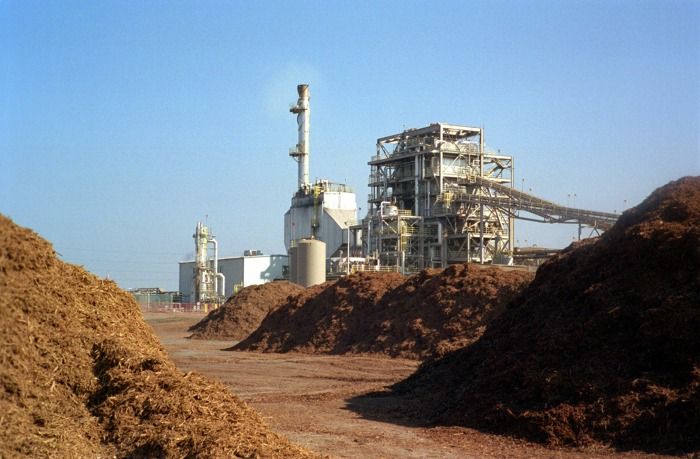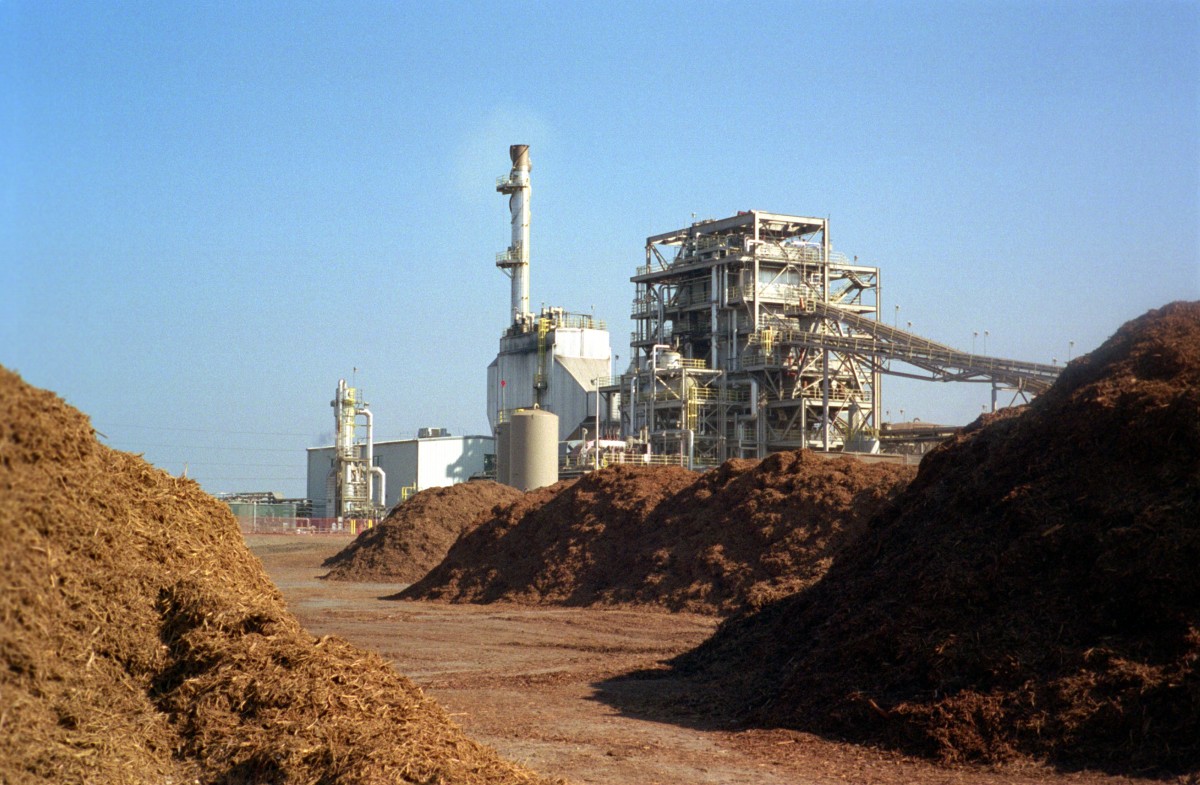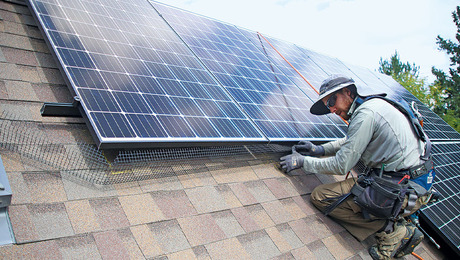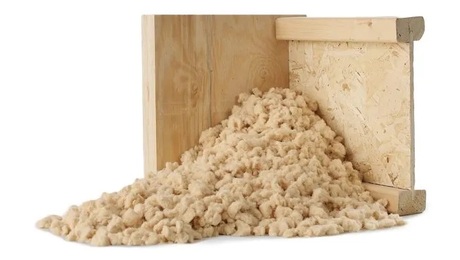
Two important underpinnings of government efforts to reduce carbon emissions and head off climate change aren’t looking like such good bets after all.
First, more than a dozen environmental groups–including the Sierra Club, Greenpeace, the Rainforest Action Network, and Friends of the Earth–have challenged the premise that burning biomass to generate electricity is better for the environment than burning coal. In fact, says a letter to the Office of Management and Budget, burning biomass produces 50% more carbon dioxide per mwh than burning coal.
Second, economists studying the Weatherization Assistance Program, which is designed to reduce energy use through residential efficiency improvements, say that the program costs twice as much as it saves.
President Obama wants carbon emissions reduced by as much as 28% from 2005 levels in another 10 years, Eduardo Porter writes in The New York Times, and these programs are part of the strategy for achieving that.
“These are not small setbacks,” Porter says.
Biomass is a key part of government’s plan
The Environmental Protection Agency is counting on biomass to reach carbon dioxide reductions outlined in the Clean Power Plan (CPP). But, the letter from environmental groups argues, the premise is wishful thinking and burning more wood and other forms of biomass would actually violate the Clean Air Act.
“EPA and other agencies have often treated CO2 from bioenergy differently from CO2 from fossil fuel combustion, even though CO2 from both sources has the same effect on the climate,” the letter says. “This different treatment is based on the theory that burning biomass to generate energy either results in emissions that will be recaptured as trees grow back, or avoids emissions that otherwise would have occurred if the biomass were to decompose.
“However, even if emissions are reduced by regrowth later in time, or if emissions that would have occurred later in time are avoided, the offsetting reductions are significantly delayed–on the order of years, decades, or more than a century–depending on the material used as fuel.”
The groups said burning wood and other forms of biomass produces about 3,000 pounds of carbon dioxide per mwh of electricity, about 50% more carbon dioxide than the emissions from a coal-fired power plant. Co-firing biomass in coal plants produces more emissions than burning coal alone and decreases the efficiency of the plant.
Environmentalists also criticized other parts of the CPP. They claimed that shifting the responsibility of accounting for carbon emissions from biomass to individual states without any guidance for how to evaluate it “would invite arbitrary results and would have no rational basis.” The EPA proposal, they said, would not require biomass plants to make sure that emissions reductions occur right away, or even within a specified time period.
Finally, they argue, the EPA’s concept of “sustainability” isn’t the same thing as accounting accurately for carbon: “Sustainability standards in the forestry context, however, generally do not consider carbon dynamics at all, and thus cannot serve as an accurate proxy for carbon accounting.”
“The organizations represented on this letter have a range of perspectives about bioenergy,” the letter said. “However, we all agree that the molecules of CO2 emitted by biomass-burning facilities warm the atmosphere and acidify the oceans just as effectively as CO2 from fossil fuels.
“Even if bioenergy emissions are eventually offset, the process of reaching net emissions parity with coal- and natural gas-fired power plants takes decades to more than a century, depending on the feedstocks used and the combustion efficiency of the facility.”
Bad news for weatherization, too
The federal Weatherization Assistance Program, or WAP, is aimed at reducing energy consumption with a range of efficiency improvements–tightening up houses to reduce air leaks, adding insulation, replacing inefficient heating equipment with newer, more efficient models, sealing ducts, and installing efficient light bulbs.
WAP is the largest energy efficiency program in the country and has helped more than 7 million low-income households since it began in 1976, according to the study by economists from the University of Chicago and the University of California, Berkeley. Households received an average of $5150 in home improvements with no out-of-pocket costs.
The problem is that the program is ineffective.
The report studied records from 30,000 households to conclude that the upfront costs of weatherizing a house were twice as much as the energy savings. Software models projected savings about two and a half times more than actually occurred.
“Energy efficiency investments are widely believed to offer the rare win-win opportunity,” the report says: Investments in greater efficiency should pay for themselves through energy savings alone, and by reducing energy consumption, greenhouse gas emissions also should decline. But that isn’t happening.
Here are some of the report’s main findings:
- It is hard to get people to participate in the weatherization program. “Aggressive encouragement intervention” increased participation from less than 1% in the control group to about 6% in the “encouraged group.” But the thousands of home visits, telephone calls, and followup appointments added more than $1000 in costs for each house that was weatherized.
- Efficiency savings are “substantially less than the upfront costs.” Monthly energy consumption declined on average between 10% and 20%, but the costs were about twice as much as the money these homeowners saved.
- Although the modest energy savings might be chalked up to the “rebound effect,” which is an increase in energy use as a result of greater efficiency, there wasn’t any evidence that homeowners were cranking up their thermostats after improvements were made.
- The average cost per ton of avoided carbon dioxide emissions are $329 per ton, 10 times as much as the government’s estimate of the social cost of carbon–about $38 per ton.
“Across a variety of metrics, the WAP energy efficiency investments appear to be poor performers on average,” the authors said.
“From a policy perspective, WAP does not appear to pass a conventional cost-benefit test, although its full set of goals may not be reflected in such tests. On the broader question of optimal climate-change policy, this paper’s findings indicate that residential energy-efficiency retrofits are unlikely to provide the least expensive carbon reductions.”
Driven by hope, not science
To Porter, the reports suggest the U.S. may be barking up the wrong tree as it tries to hold the rise in global temperature to 2 degrees Celsius or less, which climate scientists consider the key to preventing serious global climate change.
“What this evidence suggests is that climate-change strategies too often lack strong analytical foundations, and are driven more by hope than science,” Porter writes. “Policy makers would be making a mistake to proceed as if their favored methods are working, when the data shows they aren’t.”
He argues that policy makers and environmentalists “have hung their hopes on implausible forecasts for their favored tools,” while in reality replacing the world’s energy system within the next few decades will require intense experimentation on many fronts and a willingness to move quickly away from efforts that don’t work.
“We need experimentation that will deliver genuine breakthroughs,” Porter says. “And that requires putting wishful thinking and phobias aside and letting science guide the way.”
Fine Homebuilding Recommended Products
Fine Homebuilding receives a commission for items purchased through links on this site, including Amazon Associates and other affiliate advertising programs.

Reliable Crimp Connectors

Affordable IR Camera

Handy Heat Gun

Power-generating stations that burn biomass, like this 21mw facility near San Francisco, actually emit more carbon dioxide than coal-burning plants, according to environmental groups.


























